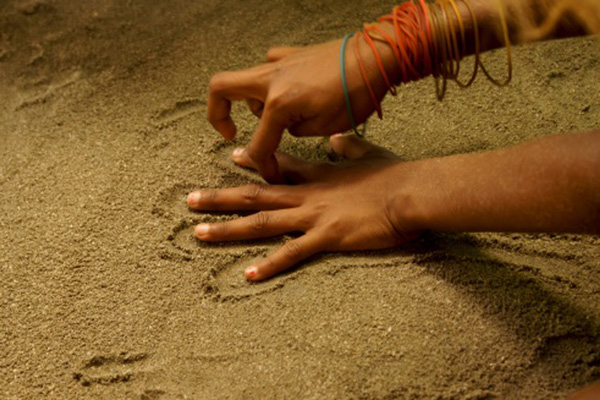
When a person is learning a new language, one of the first things they learn is how to count. Early in their translation program, Ed and Catherine McGuckin learned the basic Gapapaiwa numbers.
Basic Gapapaiwa Numbers
1 = sago, 2 = ruwa, 3 = aroba, 4 = ruwa ma ruwa (2 & 2), 5 = miikovi (A contraction that means “hand finished”)
Would you like to decipher the next numbers? How would the Gapapaiwa say “6”? (Hint: It’s literally “one hand finished and one”.) Answer: miikovi ma sago.
Now for more complicated numbers. Can you figure out . . .
• “9”? Answer: miikovi ma ruwa ma ruwa.
• “10”? It’s easy. Answer: ima ruwa (literally “two hands”).
• “15”? This is more complicated: Answer: ima ruwa ikovi ma kaena sago (“hand two finished and foot one”).
• “18”? Answer: ima ruwa ikovi ma kaena sago ma aroba.
• Fortunately, 20, like 10, is fairly simple. Answer: tomowa sago (“one man”).
• To continue counting, keep adding the “smaller” numbers to multiples of twenty. But let’s stop here!
When the Gapapaiwa translators of Milne Bay Province met as a village to check the draft of Matthew’s gospel, they encountered a challenge regarding numbers. Their task was to get input from people in the village who hadn’t been involved in drafting. When they read the story of Jesus feeding the crowd of 5,000 in Matthew 14:21, they read, “Ma nani korotona kamonai tomotomowa kava ivi yavisi na 5 tausan.” The literal translation was, “And in that crowd only the men were counted [to be] 5 thousand.” “Tausan” is the Gapapaiwa adaption of the English word “thousand.”
One elderly man objected to the inclusion of foreign numbers. Happy for input from this senior villager, the McGuckins asked how he would communicate it in Gapapaiwa. He began saying 5,000 in the traditional way, but quickly got bogged down in the lengthy number and gave up. The translation team left it as “5 tausan”.
Sometimes translation is like unlocking a riddle. But it is a joy when the riddle is solved, the people agree on the best way to express a word or a concept, and translation moves forward!

